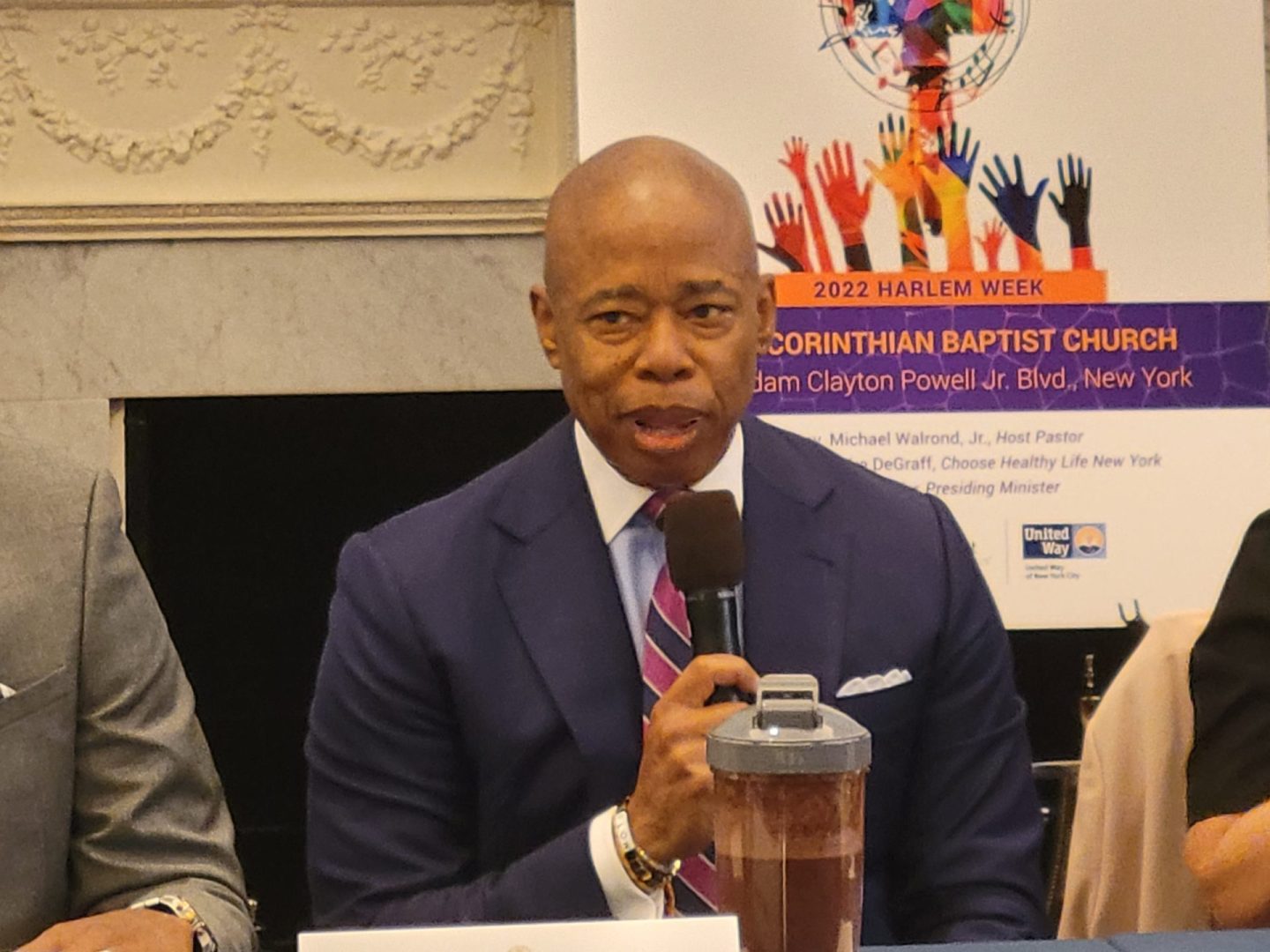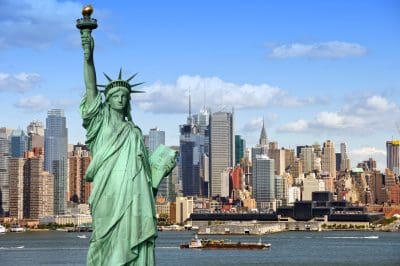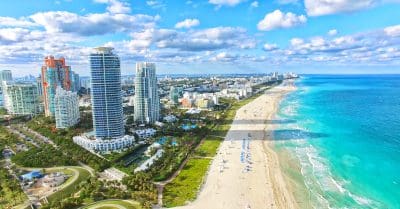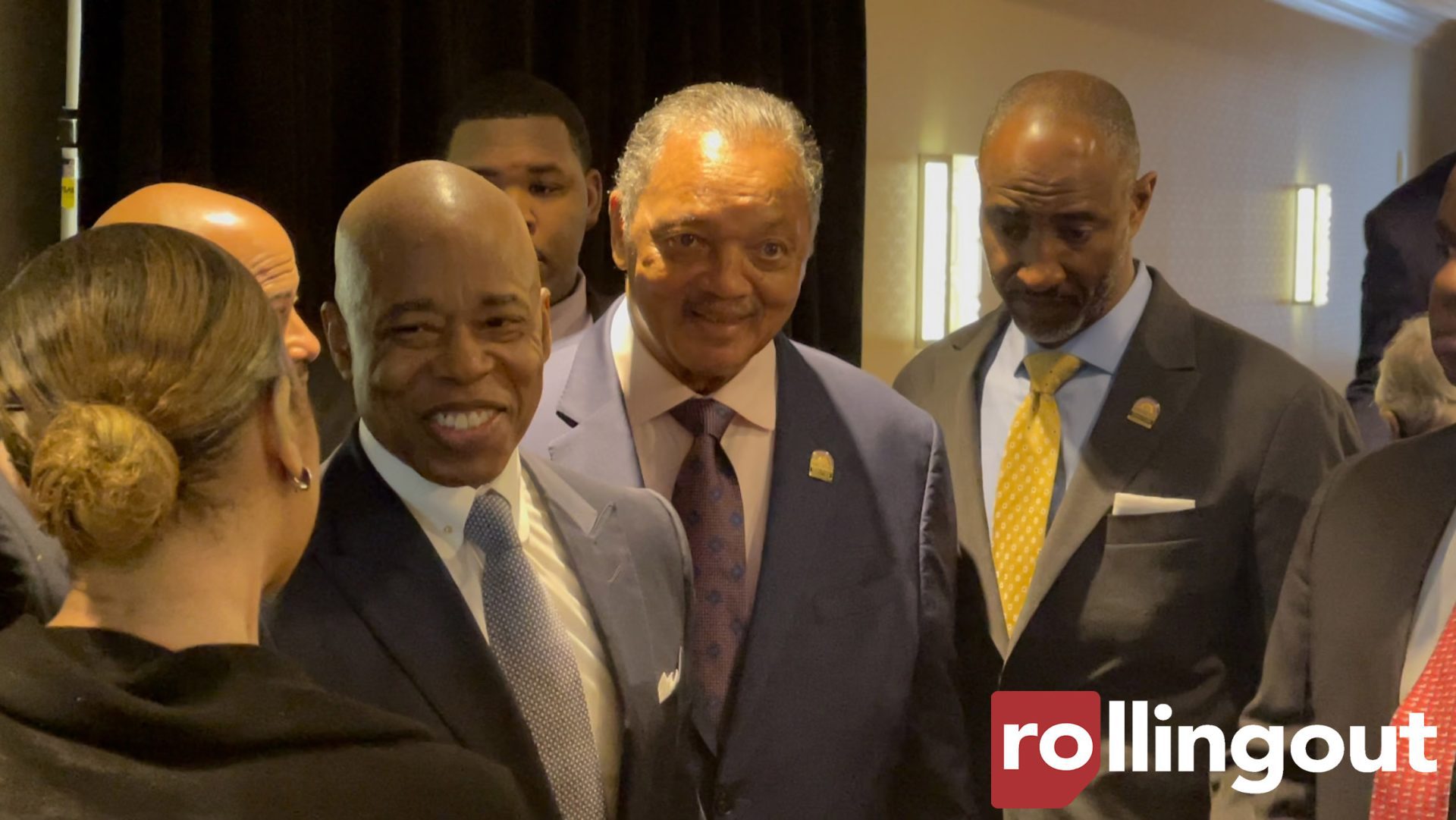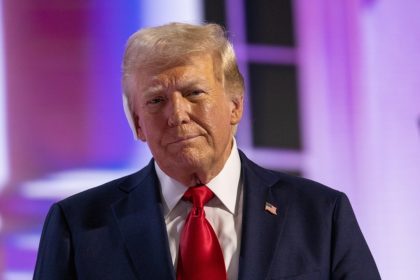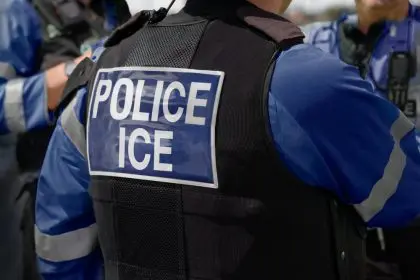New York’s landscape is shifting as Mayor Eric Adams opens dialogue with the incoming Trump administration, particularly regarding public safety concerns, AP News reported on Dec. 12. This unprecedented move raises questions about the future of the city’s historically progressive stance on immigration and community protection.
A new direction for the city
The mayor’s recent meeting with Tom Homan, the designated border enforcement chief, signals a dramatic pivot in city leadership’s approach to public safety and immigration. During discussions, Adams emphasized the administration’s focus on individuals with violent criminal records, marking a distinct departure from previous city policies. This strategic shift reflects growing concerns about public safety in communities across the five boroughs.
Navigating complex waters
The mayor’s evolving perspective on sanctuary policies reflects broader changes in the city’s approach to public safety and immigration. While maintaining support for law-abiding residents, the administration has begun reconsidering certain protections, particularly for those facing criminal charges. This nuanced stance attempts to balance community safety with the city’s longstanding reputation as a welcoming haven for diverse populations.
Throughout his tenure, Adams has positioned himself as a moderate voice in an increasingly polarized political landscape. His recent policy shifts come amid growing frustration with the federal handling of immigration challenges and the substantial influx of new arrivals to the city. Despite criticism from progressive circles, Adams maintains that his primary focus remains the safety and well-being of all New York residents.
The administration continues to emphasize its commitment to providing essential services to law-abiding residents, regardless of immigration status. This includes maintaining access to crucial resources like education, health care and public safety services. However, the mayor’s office has made it clear that these protections will not extend to individuals involved in violent criminal activities.
The timing of this potential collaboration has raised questions about political motivations, particularly given the context of ongoing federal investigations into campaign contributions and alleged luxury travel benefits. The mayor has maintained his innocence regarding these charges, even as he navigates this complex political terrain.
In a parallel development, city officials have announced plans to scale back emergency shelter operations for new arrivals, citing decreased numbers. This includes the potential closure of a significant temporary housing facility in Brooklyn, a decision that has sparked concern among community advocates about the future of similar support systems.
These local developments mirror broader national trends, as various state governments propose measures aligned with stricter immigration enforcement policies. This shifting landscape presents unique challenges for urban centers like New York, which have historically balanced diverse community needs with public safety concerns.
The emerging dynamic between City Hall and the incoming administration represents a significant departure from traditional New York politics. As this relationship develops, communities across the city watch closely, understanding that these decisions will impact neighborhood dynamics, public safety measures and social service access for years to come.
This evolving situation highlights the complex interplay between local governance, national politics and community needs. As New York continues to adapt to changing political realities, the impact of these policy shifts will resonate throughout its diverse neighborhoods, potentially reshaping the city’s approach to community safety and social services for the next generation.

